NaNoWriMo is fast approaching, which means all around the world, writers are scouring the internet for inspiring writing prompts. Many of them will bite off more than they can chew in an attempt to turn those prompts into realistic and scientifically-plausible stories.
Well you’ve come to the right place. I have prepared a few writing prompts with a list of scientific problems you might need to consider as you write. If you lack the scientific training, never fear, expert advice on writing with authenticity is available in the new book, Putting the Science in Fiction. My own article in the book will talk you through creating realistic Enclosed Ecosystems and Life-support systems, and the following prompts will have the same theme.
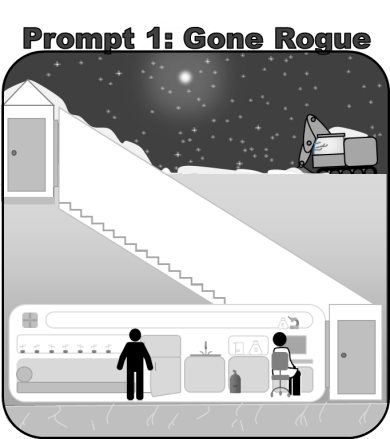
Prompt 1: Gone Rogue
- An object with a powerful gravitational attraction passes through our solar system. By all calculations, the perturbation will eject Earth from the solar system, making it a rogue planet, destined to drift through the emptiness of space for the foreseeable future. How much time does humanity have to prepare before the great freeze sets in? Would your characters hunker down and try to survive, or leave the Earth behind? Either way, you would need a habitat capable of sustaining human life indefinitely.
Considerations:
- On a frozen planet far from the sun, the atmosphere would soon freeze and fall out of the sky, and all flowing water will solidify, making solar, wind, and hydroelectric power useless. About the only source of power and heat will be from natural gases and fuels, fission or fusion, and geothermal power.
- With the freezing temperatures and plummeting atmospheric pressure, your enclosed ecosystem will need to be insulated and shielded from the cold vacuum by thick walls or built far underground.
- The larger the enclosed ecosystem, the less likely it is to collapse. This will require a variety of animals, plants, and microorganisms to sustain the atmosphere, provide food and nutrition, and recycle wastes.
- On the plus side, all of Earth’s resources have been cryogenically preserved. A scavenger in a hardy enough space suit might just be able to find edible food and usable supplies, assuming they aren’t all covered by meters of oxygen and nitrogen snow or rendered useless due to thermal stresses.

Prompt 2: Lock Down
- Your characters are stranded in a large fallout shelter as nuclear war rages outside. How many people can it support and for how long? What will they need to survive?
Considerations:
- The facility will need some way to remove the radioactive fallout from the air if it is vented in from outside, or a means to recycle the carbon dioxide within the facility and replenish oxygen. Plants under grow lights can help with this.
- Water vapor might quickly wick away into the porous concrete of the shelter. Putting up plastic sheeting and having a condenser of some kind will keep this valuable resource from being lost. Alternatively, people in radiation suits can go in search of food and water, but only sealed containers can be trusted not to have been contaminated by nuclear fallout. Read my previous post “The Science of Killing your Characters,” for some background on radiation poisoning.
- The power source will need to be self-sustaining, but the sun might not reliably penetrate the now-pervasive clouds of ash. Wind, hydroelectric, or nuclear power may be your only viable sources or electricity. Gasoline for generators would need to be scavenged on a regular basis.
- People forced into close quarters can do unexpected and terrible things, especially after the trauma of the apocalypse. An established leadership, laws, and consequences will help limit keep chaos at bay. Conversely, love and relationships will blossom in time, but they can bring their own complications.

Prompt 3: Mass Balance
- Rather than a costly endeavor of launching building materials into space, your characters plan to build a space station by send a single, small rocket with a few crew to intercept an asteroid. There, your character will mine the raw materials to build a much larger and sustainable space station. What type of asteroid will they need, and what can they build with its components. How will they convert it to a usable form? What is their overall goal?
Considerations:
- To sustain a large space station, mass balance needs to be preserved, meaning your characters can’t just throw things out the airlock without a means of replacing it. Otherwise they will run out of materials quickly. Luckily, they have an asteroid to pick apart, supplying water and thus liquid oxygen and hydrogen fuel, as well as all kinds of common and rare metals. Things like plastics and some specialized components must be strictly recycled.
- The type of asteroid is important. A C-type asteroid has a relative abundance of water and carbonaceous minerals, but has a scarcity of metals. Carbonaceous minerals aren’t all bad, especially if it can be used to synthesize carbon nanotubes, graphene sheets, or used as a component of soil or fertilizer. S and M-type asteroids have more stone and metals, respectively, but less water.
- An enterprise like this one will require a lot of power, especially if there is smelting to be done, water to convert to fuel, or high-tech computers to manage it all. For a power source, they will need something sustainable and replaceable. Solar arrays are a likely candidate, but it will provide less power the further away from the sun the space-station gets.
- Heat can accumulate in an enclosed ecosystem, even in the cold of space, especially if there are all kinds of heat generating people and equipment around. A radiator system can help collect the heat inside the station and release it as thermal radiation out into space.
- Air circulation and filtration will be required to filter out floating debris and contaminates, capture water vapor, and prevent stagnation in micro-gravity.
- Lastly, some type of artificial gravity may be required to prevent the long-term health effects of micro-gravity. See fellow PSIF contributor, Jamie Krakover’s post, as well as my previous post on “The Science of Gravity.”
Putting the Science in Fiction
Science and technology have starring roles in a wide range of genres–science fiction, fantasy, thriller, mystery, and more. Unfortunately, many depictions of technical subjects in literature, film, and television are pure fiction. A basic understanding of biology, physics, engineering, and medicine will help you create more realistic stories that satisfy discerning readers.
Putting the Science in Fiction brings together scientists, physicians, engineers, and other experts to help you:
- Understand the basic principles of science, technology, and medicine that are frequently featured in fiction.
- Avoid common pitfalls and misconceptions to ensure technical accuracy.
- Write realistic and compelling scientific elements that will captivate readers.
- Brainstorm and develop new science- and technology-based story ideas.
- Whether writing about mutant monsters, rogue viruses, giant spaceships, or even murders and espionage, PSIF will have something to help every writer craft better fiction.
Putting the Science in Fiction collects articles from “Science in Sci-fi, Fact in Fantasy,” Dan Koboldt’s popular blog series for authors and fans of speculative fiction. Each article discusses an element of sci-fi or fantasy with an expert in that field. Scientists, engineers, medical professionals, and others share their insights in order to debunk the myths, correct the misconceptions, and offer advice on getting the details right.
Much of these scientific considerations in this post apply to all sorts of unique and interesting scenarios, like a sudden ice age, a super volcano eruption, an expanding sun, or settings like Arctic research facilities, Mars, or the rings of Saturn, to name a few. I encourage you to come up with your own and share it with the rest of us. Leave comments, ask questions, and let us know of some scientific considerations I may have missed. If these prompts weren’t quite what you were looking for, check out #PSIF on Twitter or click here throughout the month for more prompts by PSIF contributors.
Additionally, you can now enter to win a copy of Putting the Science in Fiction from Writers Digest. Enter the giveaway below!
While it’s easy enough to write a compelling story without doing your research, it will always lack something. Hard science fiction adds an element of awe, the knowledge that such astounding, beautiful, and seemingly magical things might actually be possible. It inspires scientists and readers alike to put their imaginations to use in the real world, to bring what was once science fiction one step closer to reality.
So until next time, Write Well and Science Hard.
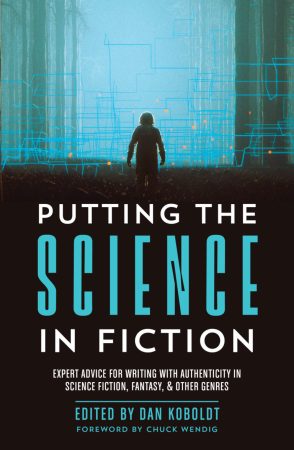
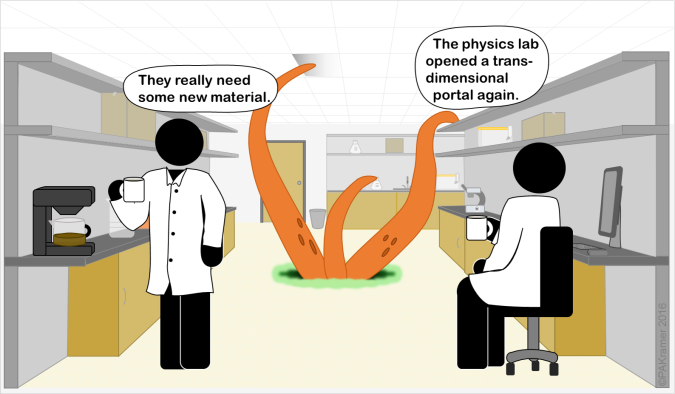

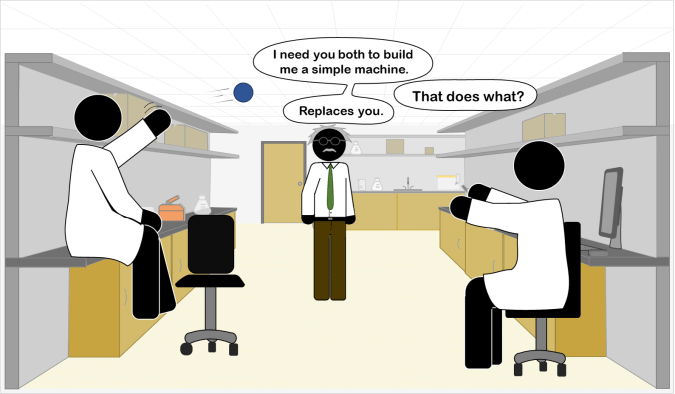
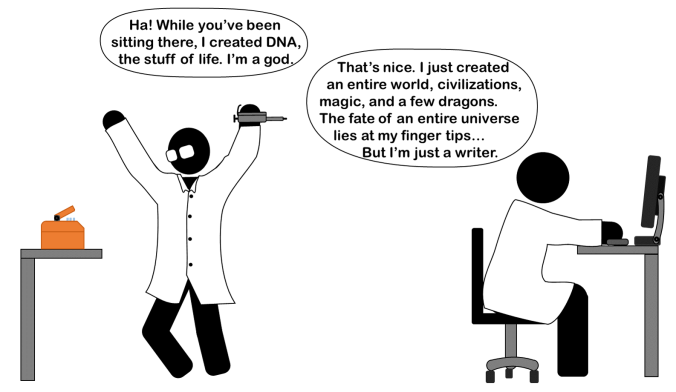


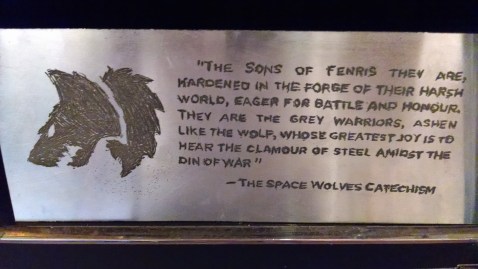
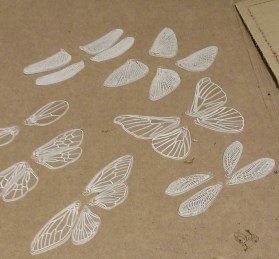




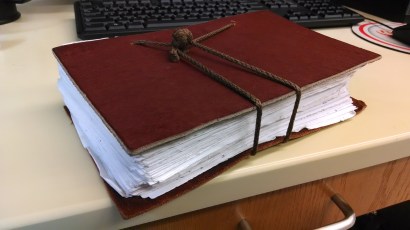
 If only it were that simple. Pretty soon these fledgling writers will leap from the cozy nest they were born in and try to soar to the starry heights of the literary skies. Unfortunately, many of them will plummet to the ground, their little wings incapable of bearing them up. Those that do rise will find that a cruel tempest lies between them and their goal. Once the reality sinks in, many writers will give up and lock their stories away where they can no longer embarrass them.
If only it were that simple. Pretty soon these fledgling writers will leap from the cozy nest they were born in and try to soar to the starry heights of the literary skies. Unfortunately, many of them will plummet to the ground, their little wings incapable of bearing them up. Those that do rise will find that a cruel tempest lies between them and their goal. Once the reality sinks in, many writers will give up and lock their stories away where they can no longer embarrass them.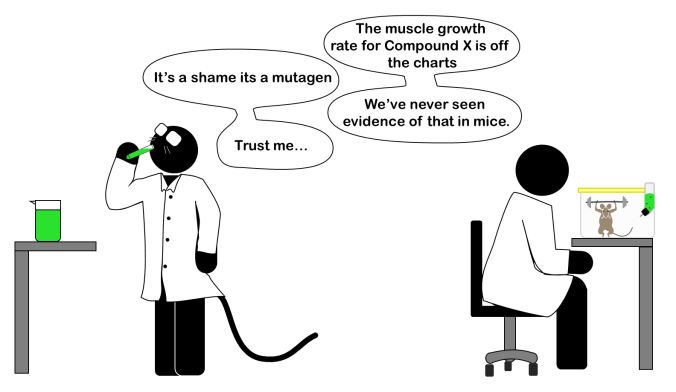






 (On our first hiking trip together, she spent several minutes trying to capture a close up picture of a bug before I pulled the macro lens from my wallet and gave it to her. Though she would probably deny it, I think that’s when she truly fell for me.)
(On our first hiking trip together, she spent several minutes trying to capture a close up picture of a bug before I pulled the macro lens from my wallet and gave it to her. Though she would probably deny it, I think that’s when she truly fell for me.)









